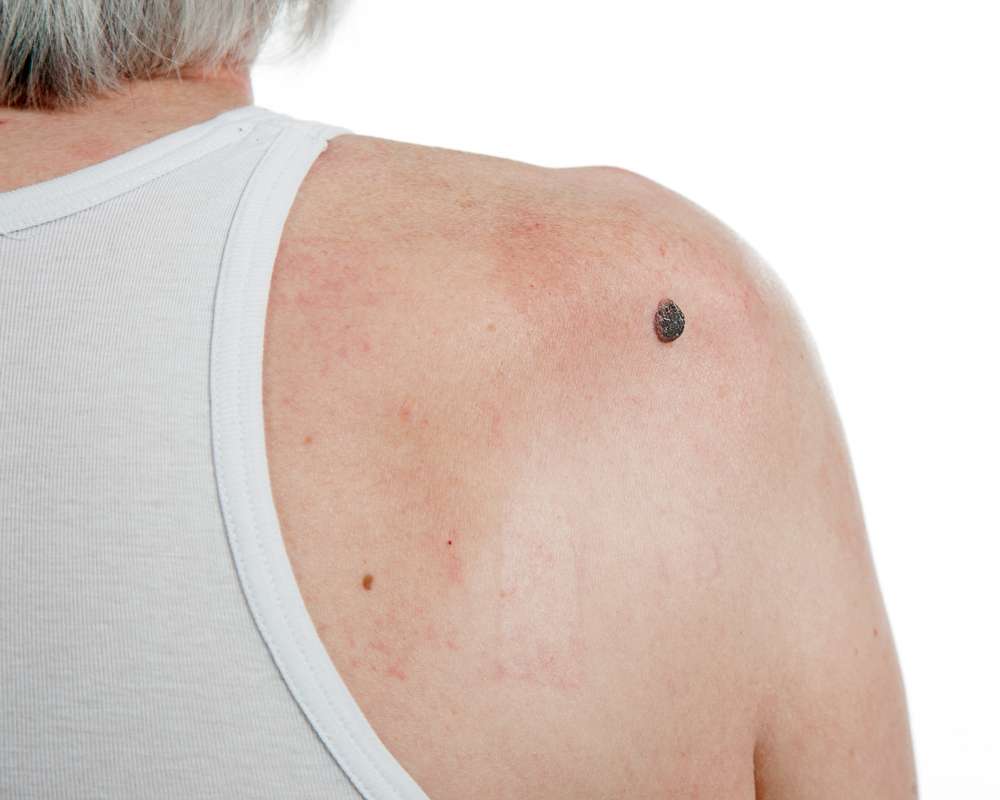Recognizing the Warning Signs That Skin Cancer is Growing in Your Body: What You Need to Know for Early Detection
Early detection of skin cancer significantly improves treatment outcomes and survival rates. Understanding the warning signs and symptoms can help you identify potential problems before they progress to advanced stages. From changes in existing moles to new growths on your skin, recognizing these indicators empowers you to seek timely medical attention and potentially save your life through prompt intervention.

Skin cancer affects millions of people worldwide, making it one of the most common forms of cancer. While the disease can be serious, early detection dramatically improves treatment success rates. Understanding what to look for on your skin and throughout your body can make the difference between catching cancer in its early, treatable stages versus allowing it to progress unchecked.
Common Warning Signs of Cancer to Monitor
The most recognizable warning signs of skin cancer typically appear on the skin itself. The ABCDE rule helps identify suspicious moles and lesions: Asymmetry, Border irregularity, Color variation, Diameter larger than a pencil eraser, and Evolving characteristics. New growths that appear after age 30, sores that don’t heal within several weeks, and existing moles that change in size, shape, or color all warrant medical evaluation. Additionally, unusual bleeding, itching, or tenderness in skin lesions should prompt immediate attention from a healthcare provider.
Unexplained Weight Loss as a Potential Cancer Indicator
While skin cancer primarily affects the skin, advanced cases can impact overall health. Unexplained weight loss of 10 pounds or more without dietary changes or increased exercise may indicate that cancer has spread beyond the skin. This systemic symptom occurs when the body’s metabolism changes due to cancer cells consuming energy resources or when the immune system works overtime fighting the disease. Weight loss accompanied by decreased appetite, nausea, or general weakness requires prompt medical evaluation, especially when combined with suspicious skin changes.
Persistent Fatigue That Doesn’t Improve With Rest
Chronic exhaustion that persists despite adequate sleep and rest can signal advanced skin cancer. This fatigue differs from normal tiredness and often interferes with daily activities. When melanoma spreads to lymph nodes or other organs, the body’s immune system becomes overactive, leading to persistent tiredness. Patients may notice they feel drained even after a full night’s sleep or find themselves needing frequent naps throughout the day. This symptom becomes particularly concerning when it appears alongside other warning signs.
Additional Systemic Warning Signs
Advanced skin cancer may produce other symptoms throughout the body. Swollen lymph nodes, particularly in the neck, armpits, or groin, can indicate cancer spread. Persistent headaches, vision changes, or neurological symptoms may suggest melanoma has reached the brain. Respiratory symptoms like chronic cough or shortness of breath could indicate lung involvement. Abdominal pain, nausea, or changes in bowel habits might signal liver or digestive system involvement. These symptoms require immediate medical attention when they occur with suspicious skin changes.
When to Seek Medical Attention
Schedule a dermatology appointment if you notice any suspicious skin changes, especially those following the ABCDE criteria. Don’t wait for annual check-ups if you discover new growths, changing moles, or non-healing sores. Individuals with fair skin, family history of skin cancer, or extensive sun exposure should maintain regular dermatological screenings. If you experience systemic symptoms like unexplained weight loss, persistent fatigue, or swollen lymph nodes alongside skin changes, seek immediate medical evaluation. Early intervention significantly improves treatment outcomes and survival rates.
Prevention and Self-Monitoring Strategies
Regular self-examinations help identify changes early. Perform monthly skin checks using mirrors to examine all body areas, including often-missed spots like the scalp, between toes, and back. Photograph suspicious areas to track changes over time. Protect your skin from UV radiation through sunscreen use, protective clothing, and avoiding peak sun hours. Maintain awareness of your personal risk factors, including family history, previous skin cancers, and sun exposure patterns. Document any changes and discuss them with healthcare providers during routine visits.
This article is for informational purposes only and should not be considered medical advice. Please consult a qualified healthcare professional for personalized guidance and treatment.




